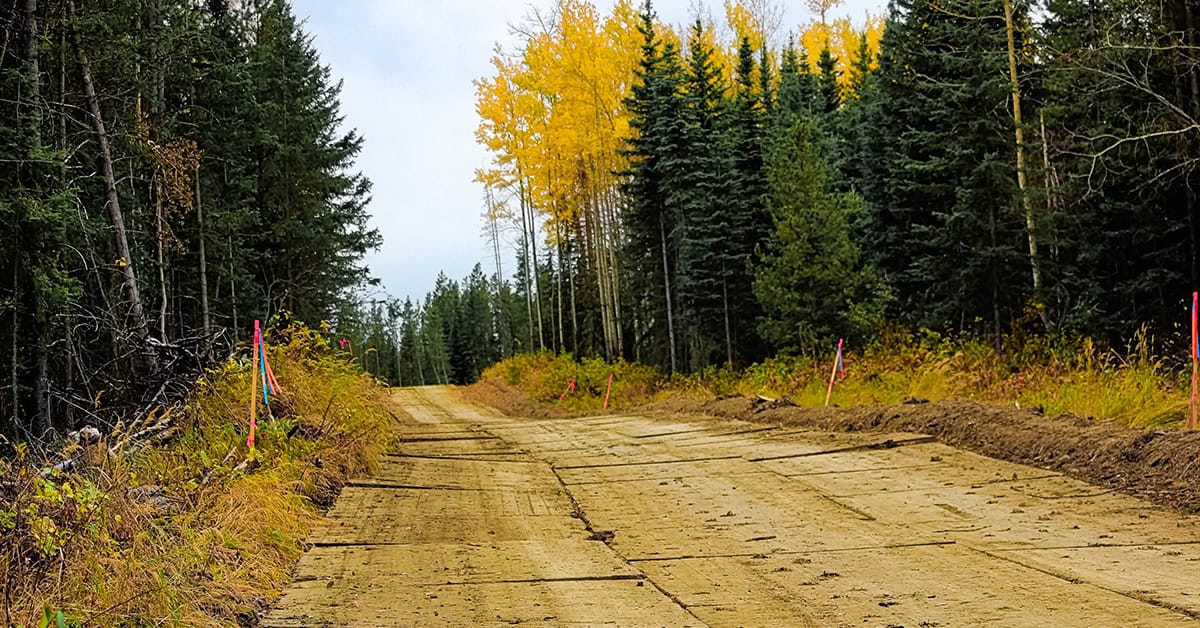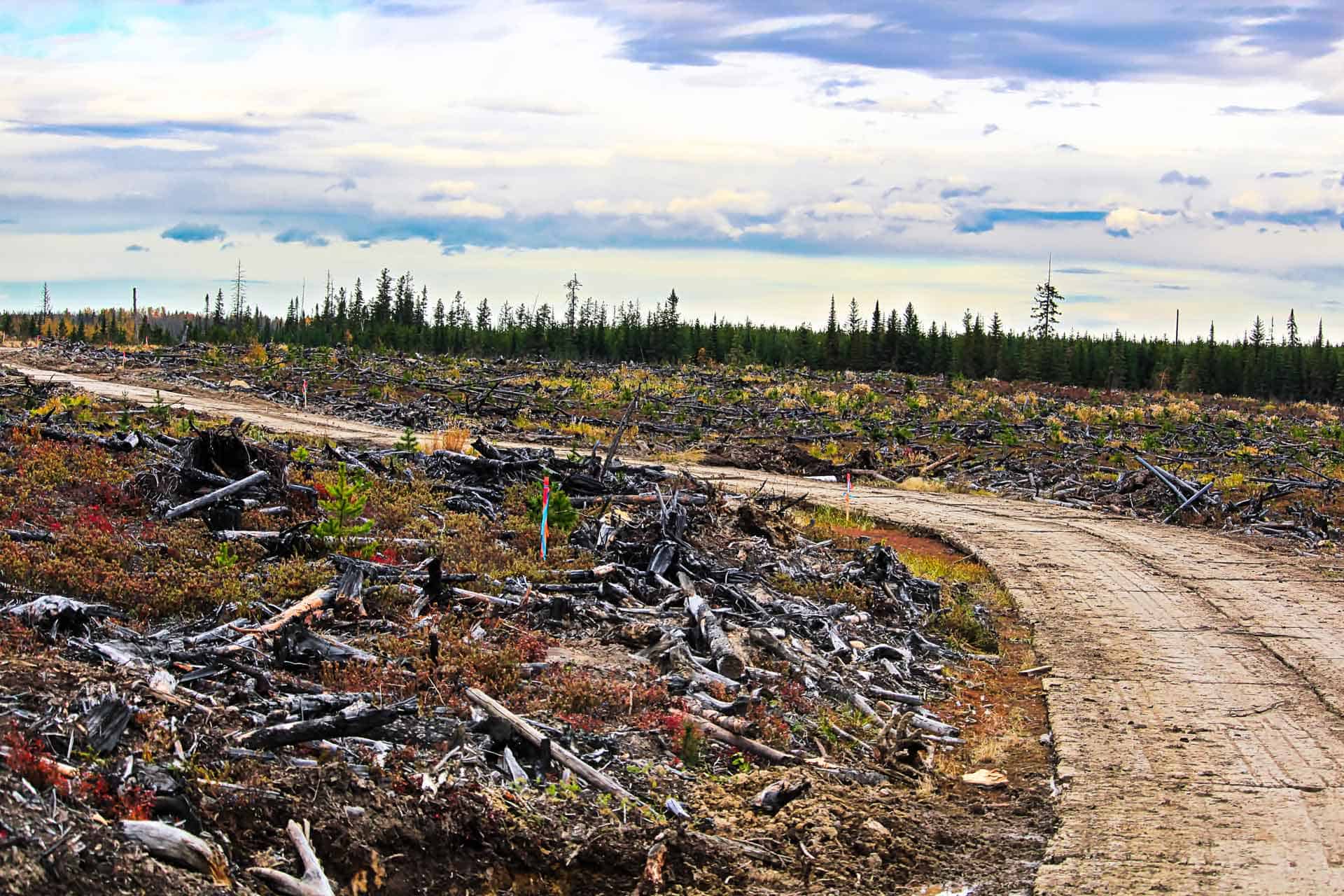The best industrial mats for equipment protection are essential tools for safeguarding equipment and ensuring operational efficiency. They provide stable surfaces, reduce wear and tear, and prevent costly damage caused by challenging terrains.
Whether used on construction sites, agricultural fields, or industrial zones, ground protection mats offer a cost-effective solution to maintain machinery and improve safety.
The Role of Mats in Equipment Protection
Mats act as a barrier between heavy machinery and unstable or uneven terrain. This protective layer:
- Stabilizes surfaces: Mats distribute weight evenly, reducing stress on equipment components.
- Prevents damage: Soft soils, mud, or rocky ground can lead to wear and tear, but mats protect machinery from direct exposure.
- Improves safety: A secure foundation minimizes the risk of equipment tipping over or getting stuck.
Heavy-duty ground protection mats are essential on wetlands or construction sites. They help cranes, dump trucks, and excavators operate smoothly while preventing damage to the terrain and machinery.
How to Choose Mats for Heavy Machinery?
The right mat depends on the ground type, the equipment, and how long you’ll use it. Here are the main types of mats:
Access Mats
- Best for: Flat terrain, such as farm fields or paved areas.
- Suitable equipment: Lighter machinery like small tractors and utility vehicles.
Timber Mats
- Best for: Uneven terrains like wetlands, forests, or peatlands.
- Suitable equipment: Heavy-duty vehicles such as excavators and dump trucks.
Crane Mats
- Best for: Heavy lifting operations on unstable or soft ground.
- Suitable equipment: Cranes and other large lifting equipment requiring maximum load stability.
When choosing a mat, consider:
- Terrain conditions: Is the ground flat, muddy, or rocky?
- Equipment size and weight: Larger machinery requires thicker and more robust mats.
- Operational duration: Long-term projects may necessitate durable materials.
By evaluating these factors, you can ensure that your matting solution meets the specific demands of your operation.
Safety and Cost-Effectiveness of Proper Mat Usage
Using the right matting solution provides several benefits:
- Prevents breakdowns: Mats protect equipment like steel-tracked excavators, dump trucks, and cranes from unnecessary strain, reducing the likelihood of mechanical failures.
- Minimizes maintenance costs: Effective matting solutions reduce wear and tear, prolonging the lifespan of expensive machinery components.
- Enhances safety: By stabilizing machinery, mats prevent accidents caused by shifting ground or uneven weight distribution.
For instance, a construction site using heavy-duty protection mats reported fewer incidents of vehicles sinking into mud, reducing downtime and repair costs.
Case Studies: Mats in Action
1. Protecting Vehicles in Muddy Terrains
In a large-scale construction project, dump trucks and concrete mixers faced challenges navigating muddy grounds. Access mats provided a stable surface, allowing vehicles to move without delays or damage. This improved project timelines and reduced maintenance costs.
2. Stabilizing Cranes in Wetlands
A wetland restoration project required heavy lifting with cranes. Crane mats ensured that the equipment remained stable during operations, preventing tipping and improving crew safety.
These examples highlight how effective matting solutions for damage prevention contribute to successful projects.
Addressing Common Misconceptions About Mats
“One-size-fits-all” Myth
Not all mats are suitable for every application. For instance, timber mats work best in uneven terrains, while access mats are better for flat surfaces. Using the wrong mat can lead to equipment instability, increased wear, and safety risks.
Mats Are Optional
Neglecting proper matting solutions can lead to higher maintenance costs, frequent breakdowns, and project delays. Investing in heavy-duty ground protection mats ensures efficiency and long-term savings.
Mats Only Protect the Ground
While mats do shield the terrain, their primary role is to protect machinery by distributing weight, reducing impact, and creating stable working conditions.
Technical Guidelines for Selecting the Right Mats
A practical checklist combining these factors simplifies the selection process and ensures optimal results. To choose the best mat for your project:
Assess Terrain Conditions
Evaluate whether the ground is flat, rocky, soft, or muddy. Mats like timber or crane mats are better suited for uneven and wet conditions.
Analyze Equipment Requirements
Consider the size, weight, and load capacity of your machinery. Heavy-duty equipment requires mats with higher weight tolerance.
Factor in Operational Details
Account for the project’s duration and environmental conditions. Long-term operations may need mats with enhanced durability and resistance to weathering.
Maximizing Efficiency and Protecting Your Equipment
Mats are a smart and practical solution for protecting equipment, ensuring safety, and reducing operational costs. By selecting the appropriate mat for your terrain and machinery, you can improve efficiency and protect your valuable assets.
Frequently Asked Questions (FAQ)
What type of wood mat is best for uneven terrain?
Timber mats are the ideal choice for uneven terrains such as wetlands, peatlands, and forests. They provide exceptional stability and support for heavy machinery, including excavators and dump trucks, ensuring safe and efficient operations.
How do mats prevent wear and tear?
Mats create a stable platform that evenly distributes the weight of machinery. This reduces strain on critical components, minimizes the impact of rough or soft terrain. It also protects equipment from excessive wear, extending its lifespan.
Are mats suitable for all types of equipment?
Yes, mats are versatile and can be used with various types of machinery. However, selecting the right mat depends on factors such as the equipment’s size, weight, and specific operational needs. For example, crane mats are designed for heavy lifting, while access mats are better suited for lighter machinery.
Do wood mats improve safety?
Absolutely. Mats enhance safety by providing a stable surface, reducing the risk of equipment tipping or becoming stuck. This ensures a secure working environment for operators and minimizes potential accidents on uneven or challenging terrain.
Are mats a cost-effective solution?
Yes, mats are an excellent investment. They reduce maintenance and repair costs, prevent operational delays, and extend the lifespan of expensive equipment. Their durability and protective features make them a cost-effective solution for any project.



